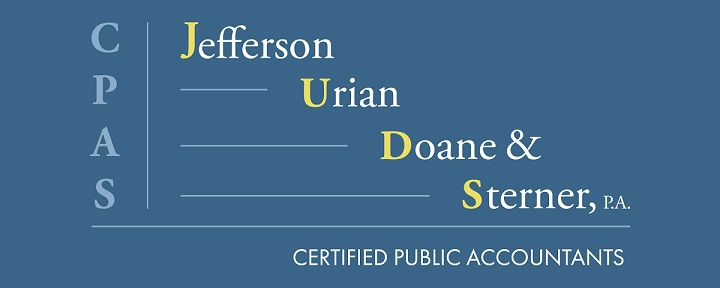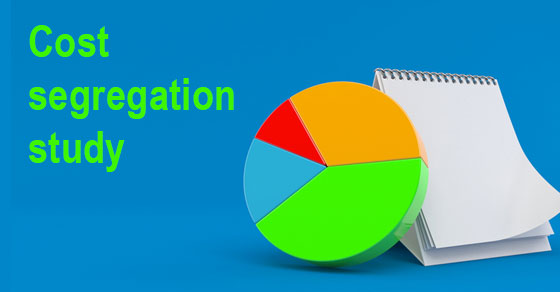Factor in taxes if you’re relocating to another state in retirement
Factor in taxes if you’re relocating to another state in retirement
Are you considering a move to another state when you retire? Perhaps you want to relocate to an area where your loved ones live or where the weather is more pleasant. But while you’re thinking about how many square feet you’ll need in a retirement home, don’t forget to factor in state and local taxes. Establishing residency for state tax purposes may be more complicated than it initially appears to be.
What are all applicable taxes?
It may seem like a good option to simply move to a state with no personal income tax. But, to make a good decision, you must consider all taxes that can potentially apply to a state resident. In addition to income taxes, these may include property taxes, sales taxes and estate taxes.
If the state you’re considering has an income tax, look at what types of income it taxes. Some states, for example, don’t tax wages but do tax interest and dividends. And some states offer tax breaks for pension payments, retirement plan distributions and Social Security payments.
Is there a state estate tax?
The federal estate tax currently doesn’t apply to many people. For 2021, the federal estate tax exemption is $11.7 million ($23.4 million for a married couple). But some states levy estate tax with a much lower exemption and some states may also have an inheritance tax in addition to (or in lieu of) an estate tax.
How do you establish domicile?
If you make a permanent move to a new state and want to make sure you’re not taxed in the state you came from, it’s important to establish legal domicile in the new location. The definition of legal domicile varies from state to state. In general, domicile is your fixed and permanent home location and the place where you plan to return, even after periods of residing elsewhere.
When it comes to domicile, each state has its own rules. You don’t want to wind up in a worst-case scenario: Two states could claim you owe state income taxes if you establish domicile in the new state but don’t successfully terminate domicile in the old one. Additionally, if you die without clearly establishing domicile in just one state, both the old and new states may claim that your estate owes income taxes and any state estate tax.
The more time that elapses after you change states and the more steps you take to establish domicile in the new state, the harder it will be for your old state to claim that you’re still domiciled there for tax purposes. Some ways to help lock in domicile in a new state are to:
- Change your mailing address at the post office,
- Change your address on passports, insurance policies, will or living trust documents, and other important documents,
- Buy or lease a home in the new state and sell your home in the old state (or rent it out at market rates to an unrelated party),
- Register to vote, get a driver’s license and register your vehicle in the new state, and
- Open and use bank accounts in the new state and close accounts in the old one.
If an income tax return is required in the new state, file a resident return. File a nonresident return or no return (whichever is appropriate) in the old state. We can help file these returns.
Before deciding where you want to live in retirement, do some research and contact us. We can help you avoid unpleasant tax surprises.
© 2021










